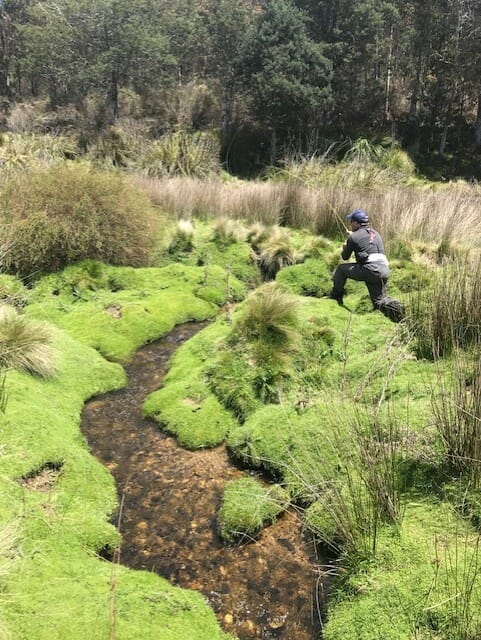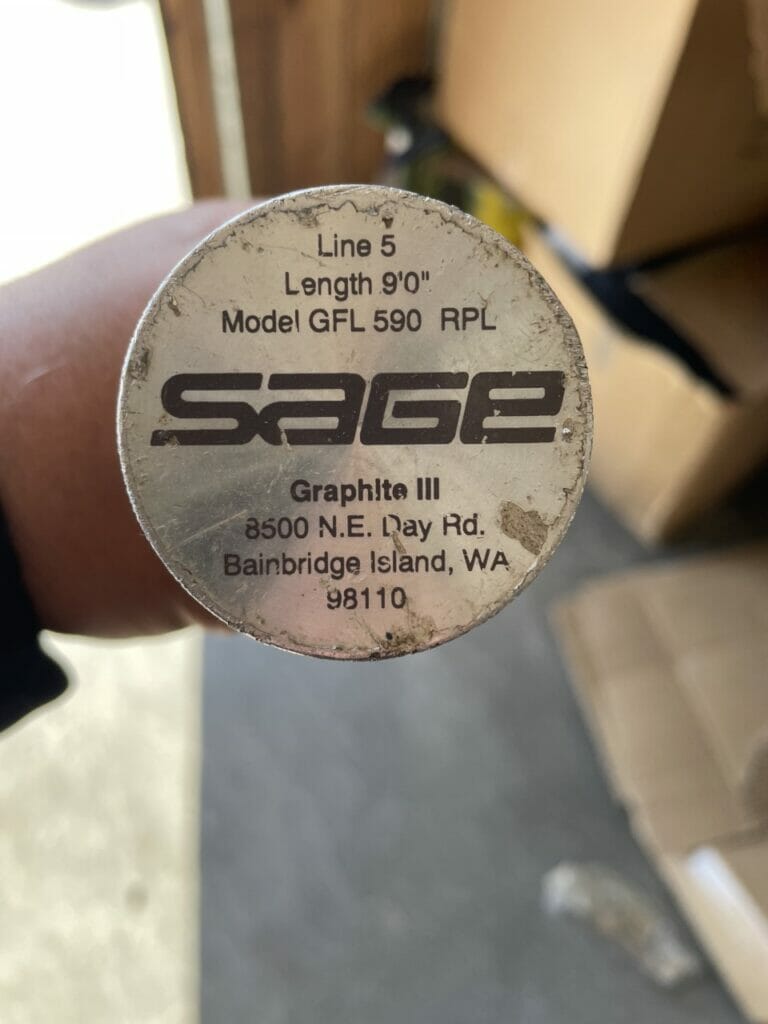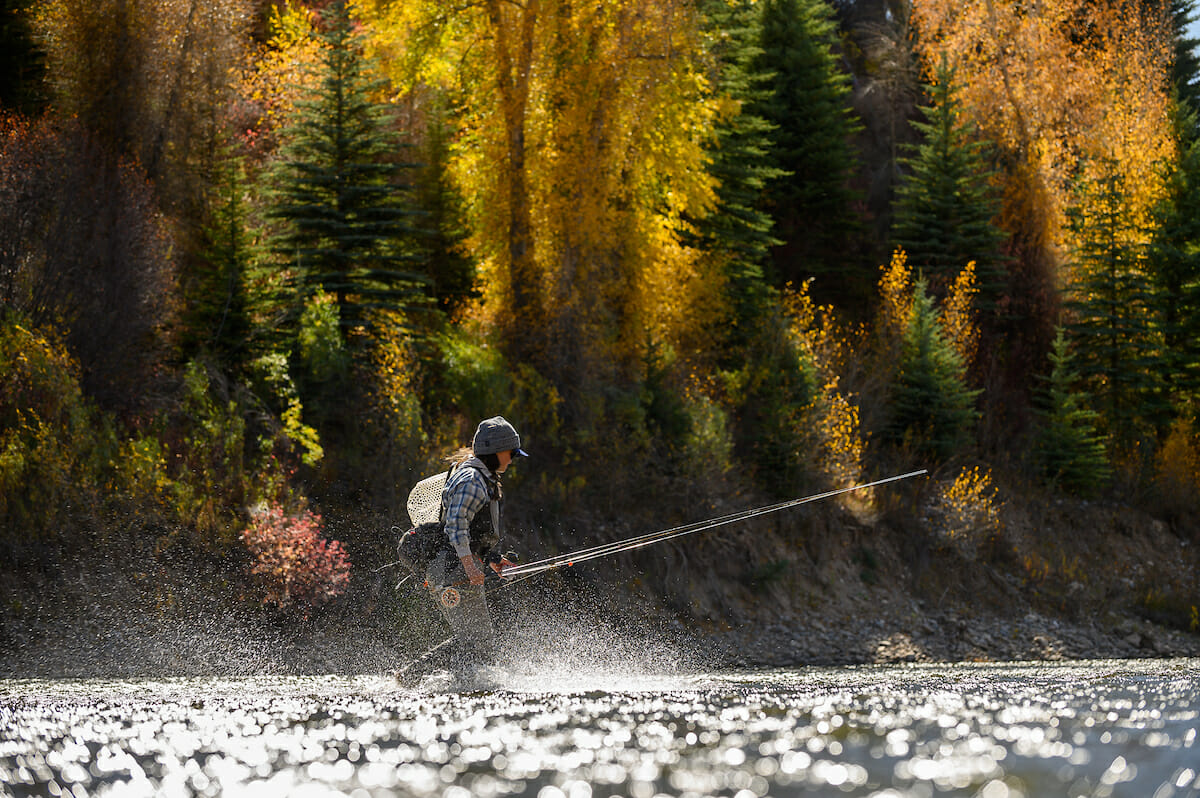Get ready… here it comes. It’s spring, the fishing season is dawning and next week is the International Fly Tackle Dealer trade show. Which means everyone who fly fishes is about to get bombarded with all sorts of marketing-speak about fancy new fly rods featuring the latest, greatest technologies that promise to up your game (for a not-so-nominal price, of course).
If you’re like me, you cannot help but wonder as you stare at the “old faithful” fly rod, taking note of its nicks and scratches, its sun-bleached blanks and well-worn grip: “Do I really need a new rod?”

The answer, of course, is no. Well, perhaps it’s “maybe.” There’s a big difference between “need” and “want.” Here are five things I recommend for anyone at that crossroads.
- Inspect, clean and give the old fly rod a good once-over. Wipe the dust off with a damp cloth, wax the ferrules, remove any grit from the reel seat. Give it a shake and listen for rattles on the inside. If you hear some buzzing, or see any cracks, or if the wraps are blistered… figure out if the rod is under warranty, and if it is, use the warranty and send it to the rod company and have them fix it! You paid for the warranty, so you might as well use it (and sometimes the company will just send you a new rod). If it’s not under warranty, take it to a rod smith for a touch up. I know that won’t help you get on the water, and you might end up buying something in the interim, but these problems won’t fix themselves, and they only point toward a real break down the road, often when you’re fighting a big fish.
- Clean your fly line, or buy a new one. If the coating on your line is all chapped and worn, pony up for a new line. Lines can be expensive, to be sure, but they are a heck of a lot less costly than a new rod. A slick, unblemished line can make any old rod dance much better than it did before.
- Match the right line to your rod (and your casting stroke). There are so many options these days—double tapered, over-weighted, belly-forward, delicate presenters and big-fly-hoofers—it’s worth finding the right match for the action your rod is built for, as well as your preferred type of fishing. A soft little 3-weight might be better suited for a double taper line, whereas, if you’re going to do a lot of roll casting and bank bouncing from a drift boat with a 6-weight, a single-handed spey line will do the trick. Having the wrong line on the right rod is a common problem with rod performance.
- Stretch your line. If you’re like me, you get out there on the first day and see heads popping, and you can’t wait to cast. But trying to shoot a line that’s been spooled up in cold storage for weeks or months is tantamount to trying to push a corkscrew through a drinking straw. And then we blame the rod when our casts are not accurate or come up short. A little stretching before exercise—with the line or the body—is never a bad call.
- Practice casting. I tell myself, all the time, “It isn’t the rod, silly… it’s your cast.” Just like a new golf driver will never cure all the ails of a bad swing, a new rod might disguise some flaws better than your old one. But why not improve your own performance? In the early season, I spend a lot of time actually watching my loops form as I cast, and try to rediscover my “Goldilocks” stroke — not too hot (tailing loops), not too cold (open loops), but juuuust right (tight, uniform loops that require less effort and bust through wind). It’s all about timing and starting and stopping the rod tip.

The more I fish, the more I realize lines, habits, and practice have as much to do with good casting as do snazzy rod designs and materials. If you’re still not able to land on the high notes after all that, or if you just want to treat yourself, sure, go for it and get the new rod. But keep these things in mind, or you’ll find yourself in the same pickle – even with the latest-and-greatest piece of fly casting technology.



